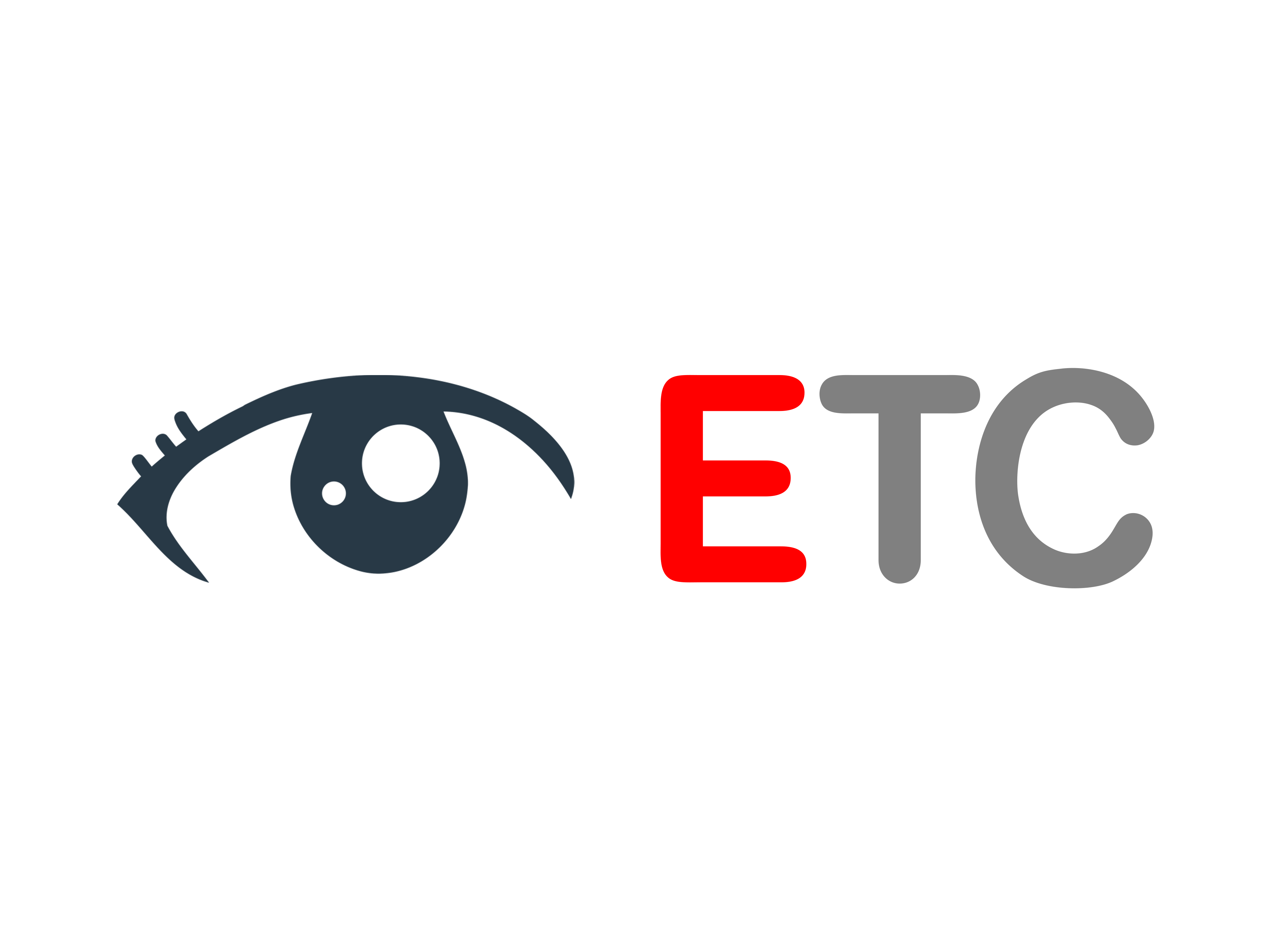Developing strategic thinking involves analyzing complex situations, making informed decisions, and planning for the future.
Here are 50 critical issues that can help stimulate strategic thinking:
Technological Disruption: Anticipating and adapting to rapid technological advancements.
Market Competition: Understanding and outmaneuvering competitors.
Changing Consumer Preferences: Adapting to shifts in consumer behavior and preferences.
Globalization: Navigating international markets and cultural differences.
Resource Scarcity: Dealing with limited resources and sustainability challenges.
Regulatory Changes: Adhering to evolving laws and regulations.
Economic Volatility: Managing financial risks in a fluctuating economy.
Talent Acquisition: Attracting and retaining skilled employees.
Innovation Management: Fostering a culture of innovation within the organization.
Supply Chain Disruptions: Preparing for unexpected disruptions in the supply chain.
Environmental Concerns: Addressing environmental impact and sustainability.
Geopolitical Uncertainty: Navigating political tensions and global conflicts.
Cybersecurity Threats: Protecting against digital threats and data breaches.
Social Responsibility: Meeting ethical and social responsibilities.
Demographic Changes: Adapting to changing population demographics.
Customer Experience: Enhancing the overall customer journey.
New Market Entry: Expanding into new markets or industries.
Strategic Partnerships: Collaborating with other organizations for mutual benefit.
Digital Transformation: Embracing technology to transform business processes.
Mergers and Acquisitions: Integrating acquired companies into the existing business.
Crisis Management: Responding effectively to unforeseen crises.
Data Analytics: Leveraging data to make informed decisions.
Regulatory Compliance: Ensuring adherence to industry-specific regulations.
Brand Reputation: Safeguarding and enhancing the company’s reputation.
Intellectual Property: Protecting and leveraging intellectual property assets.
Changing Workforce Dynamics: Managing remote and diverse teams.
Shortening Product Lifecycles: Adapting to faster product obsolescence.
Financial Performance: Ensuring sustainable growth and profitability.
Health and Safety: Prioritizing employee well-being and workplace safety.
Artificial Intelligence: Harnessing the potential of AI for business growth.
Cultural Intelligence: Navigating cultural nuances in a globalized world.
Crisis Communication: Effectively communicating during times of uncertainty.
Regulatory Compliance: Ensuring adherence to industry-specific regulations.
Disruptive Business Models: Identifying and responding to new business models.
Political Instability: Adapting to changes in government policies and stability.
Customer Retention: Building loyalty and retaining existing customers.
Technological Dependencies: Mitigating risks associated with tech dependencies.
Market Saturation: Expanding in a saturated market.
Remote Work Transition: Adapting to remote work trends.
Digital Marketing: Navigating the evolving landscape of online advertising.
Customer Data Privacy: Ensuring compliance with data protection laws.
Employee Empowerment: Fostering a culture of autonomy and ownership.
Alternative Energy Sources: Transitioning to renewable energy options.
Health-Tech Integration: Incorporating health technologies into products/services.
Geopolitical Trade Relations: Navigating trade agreements and disputes.
Ethics in AI: Addressing ethical concerns in artificial intelligence applications.
Aging Workforce: Managing an aging employee population.
Disruptive Startups: Responding to competition from innovative startups.
Cultural Shifts: Recognizing and adapting to cultural shifts in society.
Long-Term Strategic Vision: Developing a clear and compelling long-term vision for the organization.
These critical issues span various industries and aspects of business, requiring strategic thinking and planning to navigate effectively.
[38rem _i=”0″ _address=”1.0.0.0″ /]


